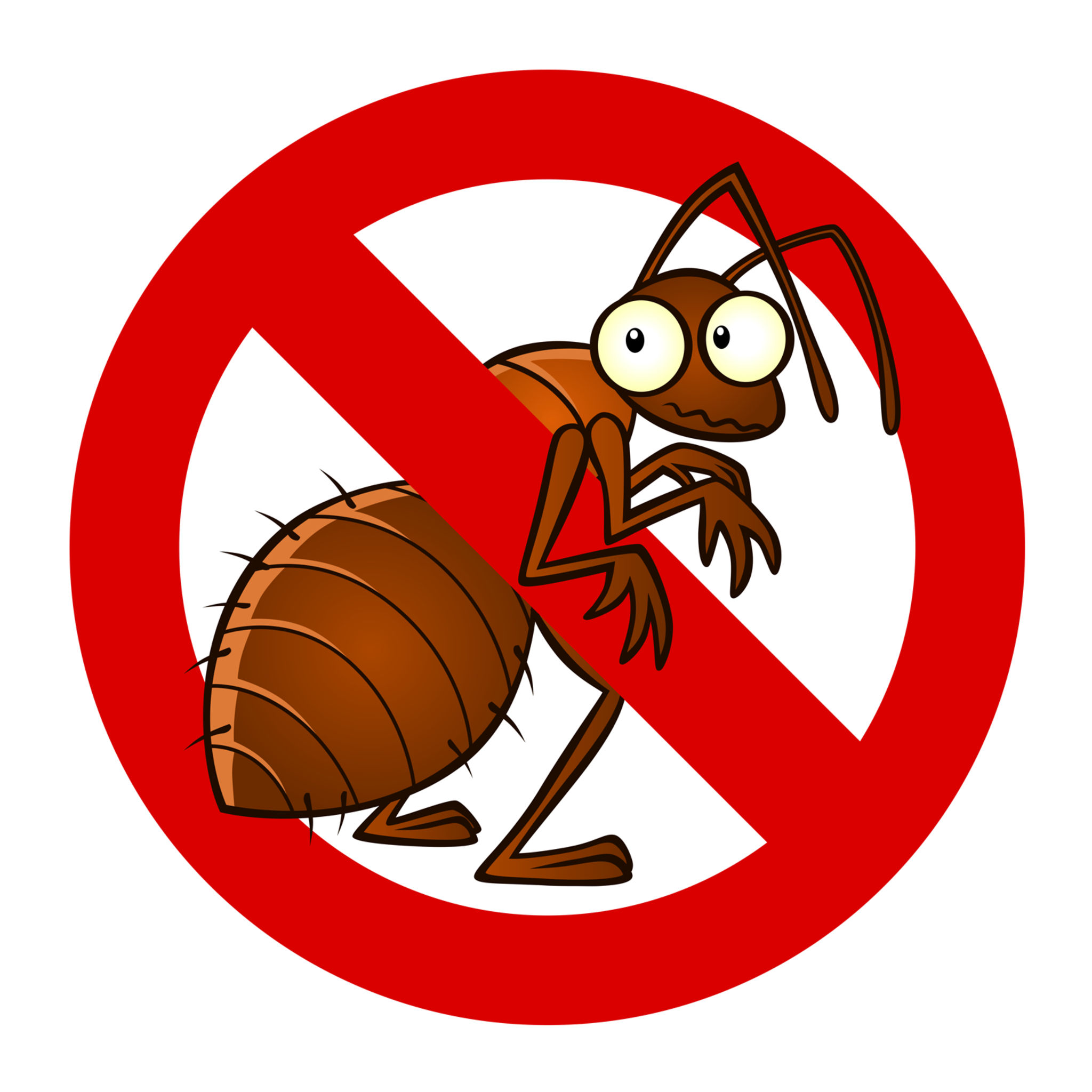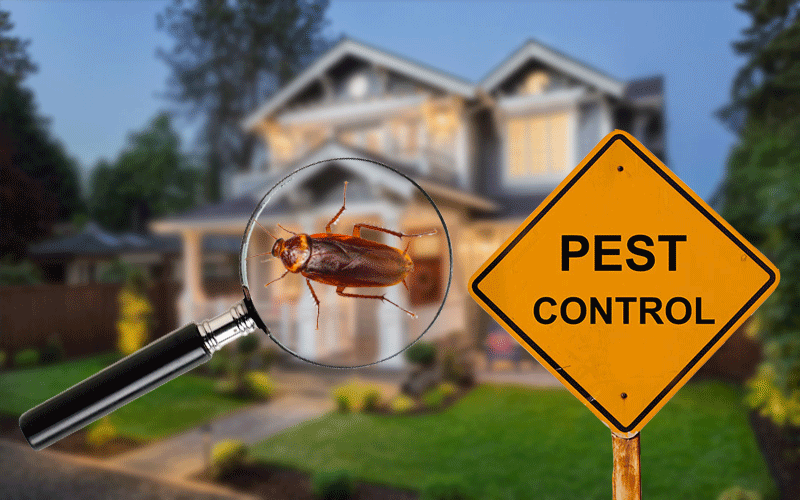Bed Pest Treatment Break Down: Contrasting Chemical Vs. Non-Chemical Solutions
In the world of bug control, especially when dealing with the persistent concern of bed insects, the selection between chemical and non-chemical treatment solutions can be a crucial one. Both techniques supply distinct benefits and downsides, affecting aspects such as efficiency, security factors to consider, and general price. By analyzing the nuanced information of each approach, a clearer understanding of which course to seek in addressing a bed bug infestation can be obtained.
Effectiveness of Chemical Treatments
Chemical treatments for bed bug problems have actually been extensively acknowledged for their fast and potent effectiveness in removing these pests. When thinking about the performance of chemical therapies, it is crucial to comprehend that they can offer a fast and extensive service to a bed insect trouble.
Furthermore, chemical therapies have the benefit of offering recurring impacts, meaning that they can remain to eliminate bed bugs also after the preliminary application. This residual action is particularly helpful in combating any type of potential re-infestations. In addition, the rapid action of chemical treatments can bring alleviation to people encountering extreme bed insect infestations, enabling them to reclaim control of their living areas promptly.
Safety Worry About Chemical Solutions
One essential element that calls for cautious consideration when using chemical services for bed bug therapy is making sure the safety of passengers and the environment. Exposure to certain chemicals made use of in bed bug treatments can lead to respiratory concerns, skin irritation, or other damaging responses, particularly in people with pre-existing conditions or sensitivities.
In addition, the ecological impact of chemical options is another significant factor to consider. Some chemicals utilized in bed pest treatments may be harmful to advantageous bugs, wild animals, and environments if they seep into the dirt or water supply. It is necessary to utilize chemical therapies sensibly, adhering to safety guidelines, and thinking about less harmful alternatives to reduce these dangers and guarantee the secure and effective administration of bed bug invasions.
Advantages of Non-Chemical Strategies
Taking into consideration the potential security worries and ecological influence connected with chemical remedies for bed bug treatment, exploring non-chemical methods presents a promising option with numerous distinct benefits. Non-chemical approaches supply a more secure choice for households, specifically those with kids, individuals, or animals delicate to rough chemicals. These approaches eliminate the threats of direct exposure to hazardous substances, decreasing the capacity for adverse wellness impacts. Moreover, non-chemical therapies are eco-friendly, as they do not add to air or water contamination, making them a sustainable choice for insect control.
In addition, non-chemical services can be efficient in targeting bed pests, including hard-to-reach areas where chemical therapies might not pass through - A1 exterminator charlotte nc. Methods such as heat treatment, vacuuming, vapor cleansing, and cushion encasements give comprehensive removal without the usage of harmful chemicals.
Limitations of Non-Chemical Treatments

In addition, non-chemical therapies often call for several applications to accomplish successful eradication. This can be time-consuming and may not constantly assure complete elimination of all bed insects and their more eggs, specifically in concealed or hard-to-reach areas.
Additionally, the success of non-chemical therapies heavily relies on proper application and thoroughness, which can be challenging for people without professional experience. Poor application of non-chemical approaches might cause insufficient obliteration, bring about persistent problems and the demand for additional therapies.
Therefore, while non-chemical treatments have their benefits, it is necessary to recognize these constraints and consider them when establishing one of the most efficient technique for managing bed pest invasions.
Expense Comparison: Chemical Vs. Non-Chemical Options
Given the restrictions connected with non-chemical therapies, a vital facet to examine in the context of bed insect management is the price comparison between chemical and non-chemical options. Chemical therapies commonly entail the application of pesticides by specialists, which can range from $250 to $900 per area, relying on the intensity of the infestation and the size of the location to be treated. On the other hand, non-chemical therapies like warm therapy or heavy steam can be much more pricey, with expenses ranging from $1,000 to $6,000 for a whole home. While the first expense of chemical therapies may seem reduced, numerous treatments might be needed to fully get rid of the infestation, potentially boosting the overall price. On the other hand, non-chemical alternatives might offer an extra lasting and environmentally friendly solution, although they can be cost-prohibitive for some individuals. Inevitably, when considering the cost of bed bug treatment alternatives, it is necessary to evaluate the upfront expenses against the effectiveness and long-lasting sustainability of the picked approach.
Final Thought

Considering the possible security concerns and ecological impact associated with chemical remedies for bed pest treatment, exploring non-chemical techniques presents navigate to this site an encouraging alternative with several distinctive benefits.Provided the restrictions linked with non-chemical treatments, an essential aspect to review in the context of bed pest monitoring is the price contrast between chemical and non-chemical choices. In contrast, non-chemical therapies like heat treatment or vapor can be more expensive, with prices ranging from $1,000 to $6,000 for an entire home. While the initial expense of chemical therapies might appear reduced, numerous therapies may be required to totally eradicate the infestation, possibly boosting the general cost.In verdict, when comparing chemical and non-chemical bed pest therapy alternatives, it is essential to take into consideration efficiency, safety and security, benefits, restrictions, and expense.